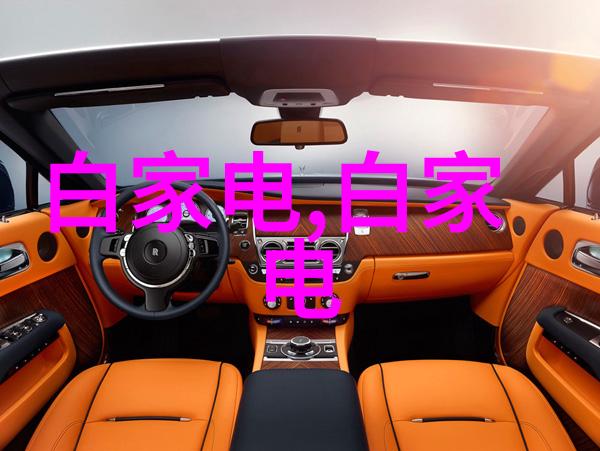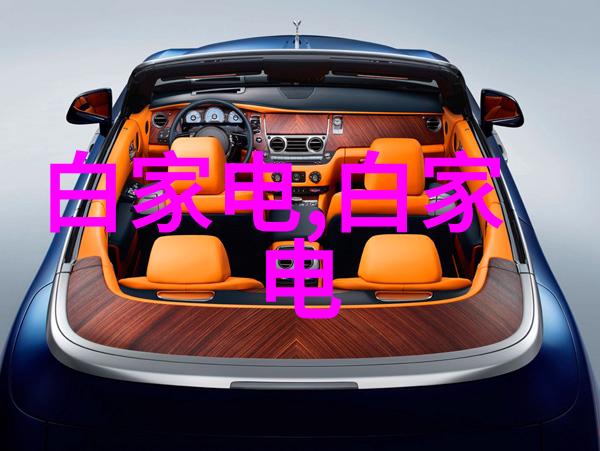你知道吗IG-1000粒度分析仪其实是化工固体药品检测的利器
它不仅能够测量纳米范围的粒度,而且能够超越单纳米区域,深入亚纳米区域。该仪器采用诱导光栅(IG)方法,这种全新的方法基于利用双向电泳和衍射光现象来实现纳米范围粒度的测定。

对于纳米颗粒的测量,常规方法采用动态光散射方法,但对于小于100纳米的粒子,光将被分散,强度急骤减弱。此外,在单纳米粒度区域(例如,粒度小于10纳米),物理限制使得很难探测到散射光,因此粒度的测量也会变得困难。IG方法不使用散射光,所以它不受物理限制,并且它不需要输入折射率作为测量条件。因此,它使得纳米粒子的测量变得简易,并具有高灵敏度,尤其是对单ナミ颗粒分析非常有效。
单ナミ颗力的高灵敏分析

诱导光栅技术使用particle形成的衍射light发射出的衍生light,而不是particle发出scattering light,因此,即便在single nanometer particle region,也可获得充足信噪比重复性好稳定的数据。
耐污染新原理耐受污染,即使样品混杂了少量异物,要分析微末信息也应可靠有效。这意味着以去除粗颗为目的样品过滤是不需要。

高重现性稳定的数据。特别是在particle small than 10 nm of micro-particles具有high repeatability避免了single nanometer particle region内颗料分析中的uncertainty和fuzziness同时,可利用derivative light原始data进行measurement间比较藉此可轻松验证measurement结果。
IG法是什么?

Nano particles in the medium's refractive index change quantity is affected by its concentration. Therefore, if under an external force let the particles in the medium form a periodic change in concentration distribution, forming a shape similar to that of a diffraction grating, it will act as a diffraction grating. Specifically to IG method, is through stopping the external force after, particles gather forming diffraction grating gradually disappear caused by changes in intensity and time of diffracted light to measure particle diameter.
By two-way electrophoresis formed nano-particle diffracting grating

Alternating voltage is applied to periodically arranged electrodes, electric field acting on nano-particles in liquid and form periodic concentration distribution through electrophoresis. The gathered nano-particles form a diffracting grating. Although the periodic concentration distribution acts as diffracting grating (particle concentration diffracting), if stop alternating voltage, particles will freely diffuse and make the grating disappear (pending patent).
Key points of IG method
Electrode design realizes accurate measurement.
Periodically arranged electrodes themselves also serve as a type of diffracting gratings. While electrode-generated diffracted light weak compared with those generated from particle density diffusion-produced main-diffracation-light variation for precise measurement of mainly due to variations produced by particulate density diffusion main-diffracation-light variation requires ensuring positions not overlapping between two types of lights produced from both types' lights stacks. To achieve this purpose modify electrode design shown below so that electrode-generated diffracation-light distance half length than particulate-density-gratings one-half.
Measurement data
The following data were obtained using IG-1000 single-nanoparticle size analyzer for various actual samples.
Fullerenes
Fullerenes are typical materials within single nanoparticle range and can be measured with high reproducibility using IG-1000.
Wide distribution silicon dioxide sample
Even though sample distributions are wide measurements results won't shift towards larger sizes capturing small nanoparticles accurately.
Sample contaminated with impurities
Measurement results unaffected even when trace amounts of contaminants present.(Example: measuring 50 nm-sized sample containing 1% 1 μm-sized impurities)
Mixed test analysis
Mixed test samples can be accurately detected. The IG method uses scattering produced by particles instead signal size does not depend on particle size This means mixed-sample assessment feasible If based on scattered-light-based detection methods even though volume identical signal-size proportional cube root grain-size difficult assessment mixed-test samples.)
Silica Gel Polyethylene Glycol Gel
Specifications:
*1: No solvent should cause damage to heat-resistant glass.*2: As long as liquid conductivity does not exceed 400 μS/cm., measurement possible (e.g., salt water & seawater only at dilution).
